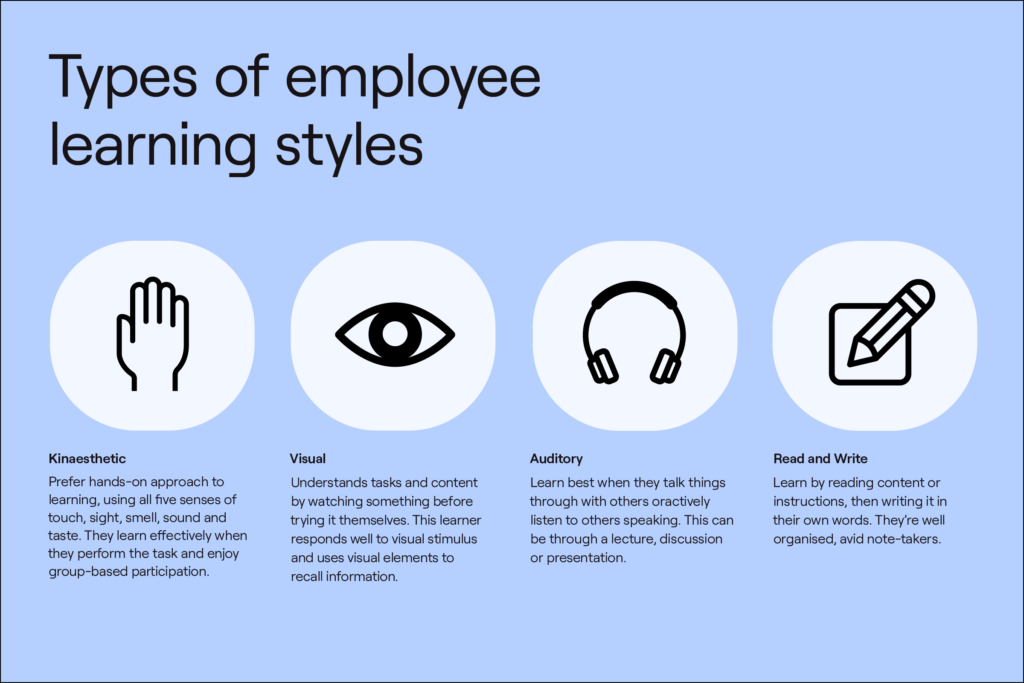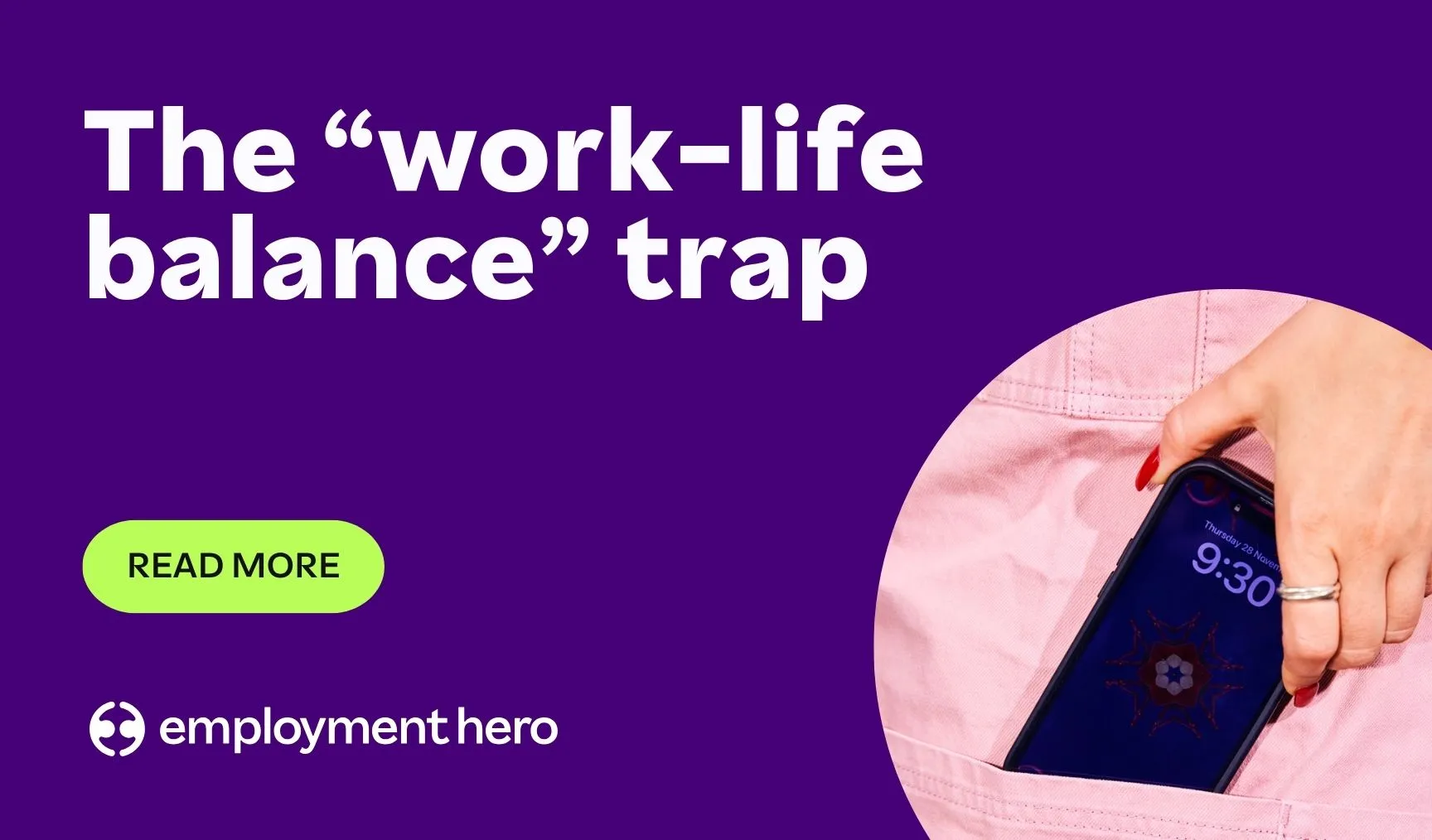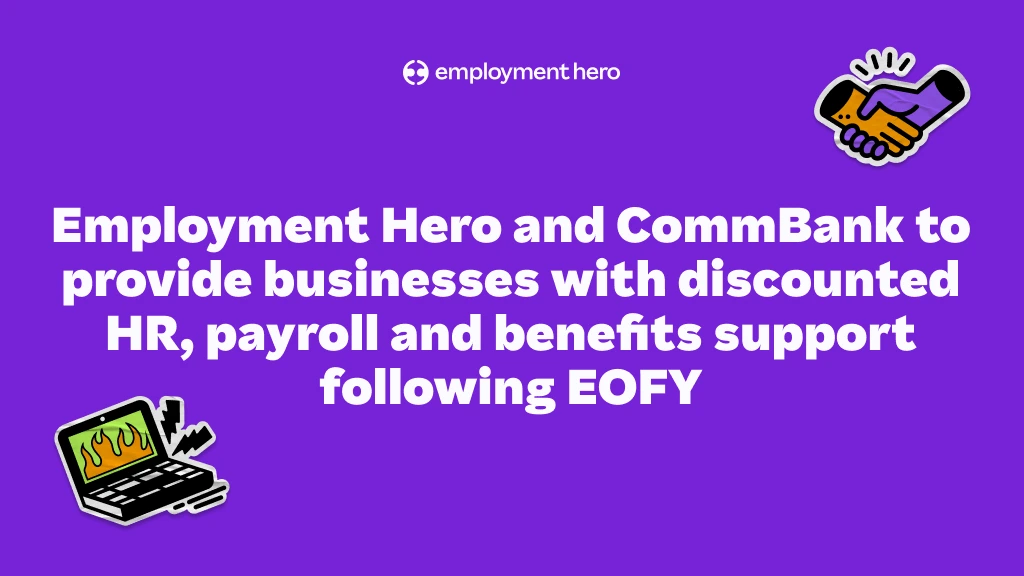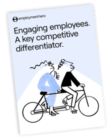4 Different Employee Learning Styles In The Workplace
By tailoring the delivery of content for different styles of learning, your employees will be more engaged with the new content at hand, resulting in a more productive learning session. Who wouldn’t want that?

Learning and development is a crucial part of creating a high-performing team. We all know that training employees result in increased productivity, employee engagement and happiness, but have you ever thought about the way your team learns best?
Everyone processes information differently, and it’s no different when we learn. With no two people the same, it’s important to acknowledge the different employee learning style in the workplace.
By tailoring the delivery of learning and development content for different learning styles, your employees will be more engaged with the new content at hand, resulting in a more productive learning session. For more insights on creating a conducive learning environment, see our guide on 6 ways to create a learning culture in the workplace.
Why should you tailor training methods to different learning styles?
When you effectively train your team specific to their preferred learning styles, they’ll be more engaged in the learning process.
Understanding and catering to your employees’ learning preferences helps you enhance the effectiveness of your training programmes. For a comprehensive approach to building personalised learning pathways, check out building a learning pathways for your employees.
By knowing the learning style of your employees, you can play to their strengths and tailor training materials so they can learn in a way that is easily digestible for them. This means that they’ll be on their way to actioning what they’ve learned in no time at all.
At your next training event, take a closer look at your team. You may notice some people are actively participating in the discussion and writing notes, whereas others are disengaged and on their phones.
The latter may not find this presentation style of learning effective. However, they may respond well by reading the handouts or slide deck afterwards.
What are the different types of employee learning styles in the workplace?
There are 4 main types of learning styles, but many people overlap with two or even three different styles. The different learning styles below are based on the VARK method.
The various learning styles from the VARK method include:
- Visual learning styles
- Auditory learning styles
- Reading and writing learning styles
- Kinaesthetic learning styles
This method acknowledges that everyone processes information differently and therefore requires different forms of delivery to learn.
1. Kinaesthetic Learners
Kinaesthetic learners prefer a hands-on approach to learning, and this involves using all five senses – touch, sight, smell, sound and taste.
They learn effectively when they perform the task themselves and enjoy sessions that include group-based participation.
A kinaesthetic learner typically finds it harder to learn when sitting through a lecture, however, learns more deeply when hands-on or physical tasks are involved.
With kinaesthetic learners, it’s important to break up long employee training sessions into smaller, more digestible components. To help maintain the focus of kinaesthetic learners, you should change the learning environment for each of these sessions by moving to different rooms or going outside. Who doesn’t enjoy some fresh air?
What are the characteristics of kinaesthetic learners?
- They find it hard to sit and learn in a traditional ‘classroom’ environment
- Learns through movement
- Likes to build things and is very hands-on
- Becomes restless when sitting down
- Physically coordinated and typically good at sports
Examples of using kinaesthetic learning include:
- Demonstrations
- Performing physical tasks
- Simulations
- In-person scenarios
2. Visual Learners
Visual learners understand tasks and content by watching something prior to trying it themselves. Visual learners respond well to visual stimuli and learning materials and use visual elements they’ve seen to recall information.
In the workplace, this could involve a demonstration of a task, such as watching how to use a cash register and then trying it themselves.
What are the characteristics of visual learners?
- They are often creative and can easily visualise complex situations
- Find using graphs, mind maps, flashcards and flow charts helpful
- Find taking notes a helpful way to retain information
- Easily distracted by aesthetic or visual environments
Examples of visual learning strategies include:
- Instructional or voice-over videos
- Powerpoint presentations
- Photographs
- Diagrams, flowcharts and flashcards
- Timelines
- Highlighting notes and key information
- Colour-coded notes and learning material to create visual stimulation
3. Auditory Learners
Auditory learners understand information when it is explained in a step-by-step format.
Aural learners learn best when instructions are given, and active back-and-forth dialogue around the content is had. Not only this, they learn best when they talk things through with others or actively listen to others speaking either through a lecture, discussion or presentation.
What are the characteristics of auditory learners?
- Respond well to verbal instructions and find them easy to follow
- Gain an understanding of the task at hand by talking things through
- Speak well and are often good at presenting
- Find it difficult to concentrate when there is distracting sound in the background
Examples of auditory learning include:
- Lectures
- Audio recordings
- Group discussions
- One-on-one meetings
- Brainstorming sessions
4. Read and Write Learners
Read and write learners learn by reading content or instructions and then writing it out in their own words. Reading learners are well-organised, avid note-takers and digest information when they write down and re-read the information.
What are the characteristics of read-and-write learners?
- Writes notes when reading through the learning material
- Enjoys reading and writing
- Often uses lists and categories to organise their notes
Examples of read-and-write learning include:
- Textbook style manuals
- Reading learning material and writing notes
- Ordering tasks or learnings into categories and levels of priority
- Asking your team to read over notes and condense key information down to one page.

How can you encourage employees to adopt these dynamic training methods?
If you have just started to implement these training methods in your learning and development program, you can:
- Let your team know that they have the option to learn based on their own learning style and that you will accommodate their needs.
- Actively talk about the different learning styles in the workplace and provide some information about the options available.
- Ask your employees which learning style they prefer. This could be in the form of a survey or 1-1 meeting.
- Use an online employee learning management system to gather feedback and statistics on learning progress
To get more insights into how to tailor your training to meet the varied needs of your employees and gain a competitive edge, explore our article on 7 ways learning and development creates competitive advantage.
Going beyond learning styles in the workplace
By being aware of the different employee learning styles, you can create a training program that is suitable for all members of your team. The benefits? A more informed, engaged and well-equipped team that can tackle anything!
To stay ahead of emerging trends in learning and development, check out our guide on 5 learning and development trends.
For additional tips on creating effective training programmes, our manager’s guide to training employees offers practical advice to help you build a winning training strategy.
Related Resources
-
 Read more: The ‘work-life balance’ trap: Why promising it is hurting your SME recruitment (and what to promise instead)
Read more: The ‘work-life balance’ trap: Why promising it is hurting your SME recruitment (and what to promise instead)The ‘work-life balance’ trap: Why promising it is hurting your SME recruitment (and what to promise instead)
For growing SMEs, work-life integration is a sustainable way to support your team and attract top talent. Explore how your…
-
 Read more: Job ad guide: How to attract top candidates
Read more: Job ad guide: How to attract top candidatesJob ad guide: How to attract top candidates
Looking to hire your perfect match? The way you pitch your open role can be the difference between landing or…
-
 Read more: Employment Hero and CommBank to provide businesses with discounted HR, payroll and benefits support following EOFY
Read more: Employment Hero and CommBank to provide businesses with discounted HR, payroll and benefits support following EOFYEmployment Hero and CommBank to provide businesses with discounted HR, payroll and benefits support following EOFY
Eligible CommBank Yello for Business customers will get the first 3 months free on any Employment Operating System subscription with…






















